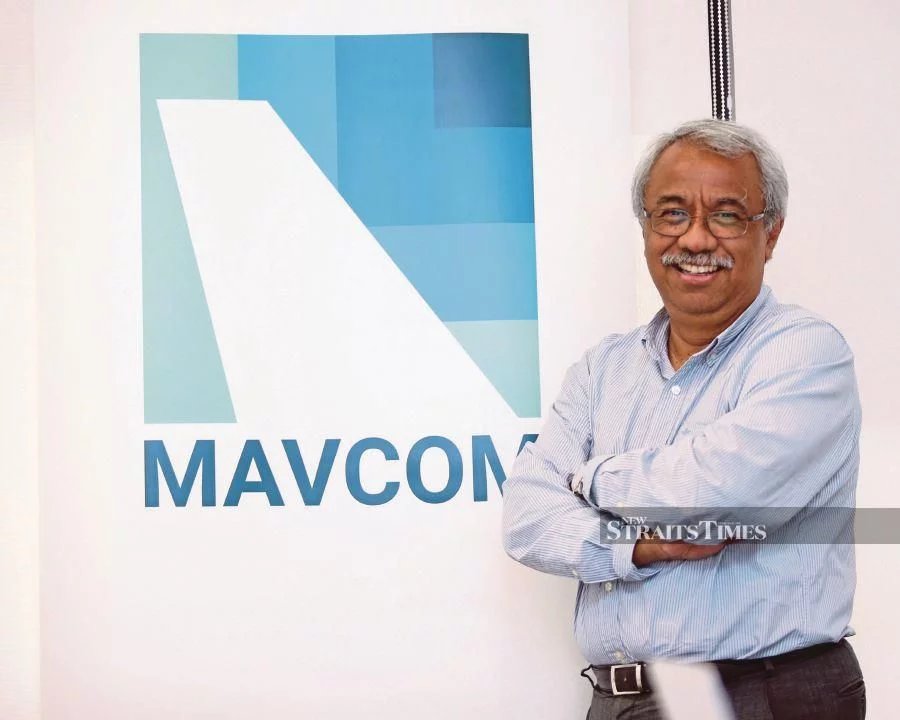12 August 2019
The Malaysian Aviation Commission (MAVCOM) lauded Malaysia Airports Holdings Bhd’s (MAHB) plan to interline Kuala Lumpur International Airport (KLIA) and klia2.

Executive chairman Dr Nungsari Ahmad Radhi said airports should be ‘well-integrated or interlined’, allowing passengers to have various connecting flights to other destinations worldwide.
“When airport terminals are interlined, it becomes a regional hub. Airlines and passengers prefer the convenience offered in interlined terminals within an airport,” he told the New Straits Times in an interview recently.
Nungsari said the interlining of KLIA and klia2 will attract new airlines and boost existing flight frequencies, adding new destinations from the airport.
“Most airports have many terminals which have multiple usages for both low-cost carriers and full-service carriers. Usually, the government prefers not to duplicate spending on different types of airport facilities for airlines,” he added.
MAHB group chief executive officer Raja Azmi Raja Nazuddin had reportedly said there was enough room for Satellite B that resembles satellite A at the main KLIA terminal.
At the same time, he also said MAHB may consider interlining KLIA and klia2.
Raja Azmi said interlining facilitates seamless movement of passengers and their baggage, especially when traffic builds up.
The distance between the main KLIA terminal and klia2 are 2km. Industry experts believed building a train to connect both terminals would the best option to ensure smooth transfer and proper time management.
It was reported AirAsia Group Bhd had claimed MAHB did not consult the airline for this proposal and has called on the airport operator to prioritise more critical operational and passenger experience issues at klia2, instead of interlining klia2 with KLIA.
“I’m not disagreeing. Service level and the quality at all airports must be improved. We have the Quality of Service (QoS) and the Malaysian Aviation Consumer Protection Code (MACPC) to regulate how airports serve passengers and airlines; and how airlines behave towards passengers,” Raja Azmi had said.
QoS framework is ongoing initiative that communicates MAVCOM’s Commission’s regulatory objectives by setting service standards and key performance indicators for various aspects of airport services.
Through the QoS, MAVCOM aims to not only enhance passenger comfort at airports, but also facilitate improved airport user experience for airlines and ground handlers.
Mechanisms utilised to evaluate airport services include passenger comfort and facilities, queue time, passenger and baggage flows, and availability of operator equipment and staff facility. These four mechanisms are comprised of 28 service quality elements.
According to the MACPC, airlines must disclose the final price of airfare including the base fare and all charges to be paid to the airline, government-imposed taxes and fees, fees and charges prescribed under any written law, as well as fuel surcharge.
Since June 2019, all airlines, operaying in Malaysia had removed processing fee in accordance with the MACPC 2016.
Source: www.nst.com.my
Site Search
Did you find what you are looking for? Try out the enhanced Google Search: